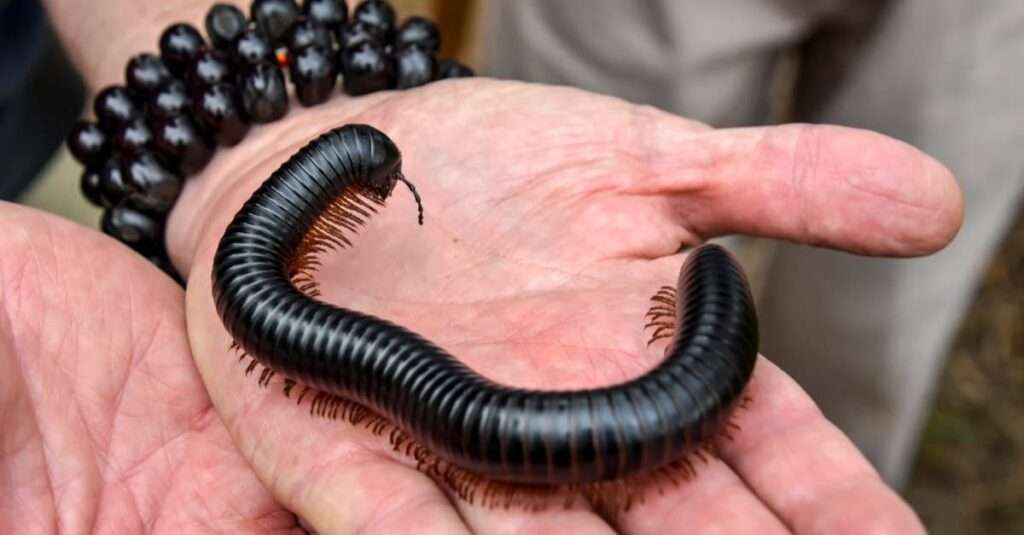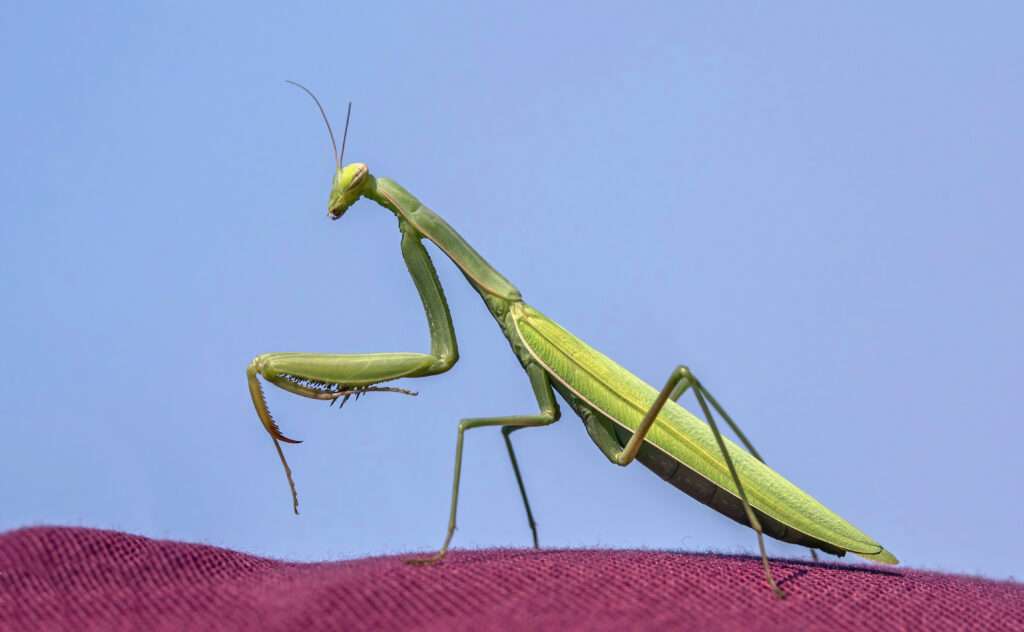
Doodlebug is another name for a little Antlion larva. Doodlebugs live on the ground and have enormous, menacing jaws. Although these tiny larvae have a beetle-like appearance, they can only move backward. They leave behind wavy patterns of sand or loose soil that resemble scribbles. These paths can take a bug hunter all the way back to the places where they will perish.
Doodlebugs bury themselves in the bottom of cone-shaped burrows they have dug in sand or soft soil. An ant on the surface will slide into the hole and descend to the Antlion larva’s waiting jaws if it comes too close to the edge. The Antlion larva will grip the ant and inject an enzyme through a portion of its mouth, making it easy to remove the ant’s internal organs. The name of the insect comes from the Antion larva’s voracious appetite for ants and its ruthlessness in eliminating them.
Habitat
In locations with sandy soil, larval antlions can be observed, frequently in groups. There, each digs a conical pit by moving slowly backward and downward while jerking soil away with its head. The soil needs to be just ideal for an efficient trap because the antlion needs this sandy pit for hunting. When searching for adult antlions, look out for them during calm late-summer sunsets and evenings. Adult antlions begin to fly shortly after their wings solidify. They visit the lights as well.
Diet
The larvae of antlions are ferocious eaters of ants and other little insects. The antlion larva quickly snatches any ant or other insect unlucky enough to fall down the sides of the sandy hole in a tiny landslide, waiting patiently at the bottom of its conical pit with only the tips of its pincer-like fangs protruding. Antlions only remain in their adult form for approximately a month, maybe a little longer, feeding on nectar and pollen. Doodlebugs are scavengers that mostly consume dead plants and other decaying debris. By eating it, they contribute to the breakdown of decaying matter and then add nutrients back to the soil.

Physical Appearance
Larval antlions have six legs, segmented abdomens, an oval, plump, flattened body, and soft bodies. They have bristles and are speckled and dirty-colored. A flattened head that is also present carries large, sickle-shaped pincers that frequently have spines.
With an elongated body, four finely veined wings with brown and black splotches, and clubbed or curled antennae that are roughly as long as the total length of the head and thorax, adult antlions are much larger than their larvae.
Larval length: around 1/2 inch when fully mature. 112 to 3 inches for adults (not including appendages; varies with species).
Life Cycle
In sandy soil, adult female antlions only lay individual eggs. These hatch into tiny larvae that eat voraciously, dwell beneath the base of the holes they dig, and occasionally moult as they grow. When they are prepared to become adults, they burrow down farther into the ground and start the pupal stage within a spherical cocoon formed of sand and silk. The bug becomes an adult after about a month, crawls above ground, lets its wings stiffen, and then takes flight. The cycle is repeated when the adult antlions mate.
Conditions to Keep as Pet
- Find the antlion in a suitable container. Because antlions are busy diggers, provide them enough room to create a pit for their prey. Make use of a plastic cup or other tiny plastic container. It ought to be clear enough for you to see the antlion. Make sure the width is at least 4 inches. Use non-toxic detergents and warm water to wash your container.
- Give your surroundings some fine substrates, like sand or sugar. Although they can thrive in any setting, antlions prefer the sand and dirt as their natural habitat. If person using anything that might contain rocks or dirt clumps, filter out your substrate. Although antlions are capable of clearing any significant obstructions, a stable and orderly environment will make their lives easier. Sand should cover around half of the environment. Make sure the antlion has enough room to dig a pit and is not buried by sand. Make sure the sand’s level has a minimum diameter of 4 inches. By doing this, the owner will ensure that your antlion has enough room to construct a pit.
- The environment for your antlion’s cocoon stage should be ready. Make sure the habitat has been sealed off if a person wish to keep an adult antlion so it can’t escape. A little stick should also be placed in the sand for it to sit on so that its wings may grow properly. Know when owner antlion has finished feeding. This is a blatant indication that they have entered the pupal stage. Antlions must create a cocoon beneath the sand to develop into adults. About three weeks will pass during this phase. Antlions will have wings when they become adults. Make sure their surroundings are arranged so they can perch and cannot fly away.
Table





